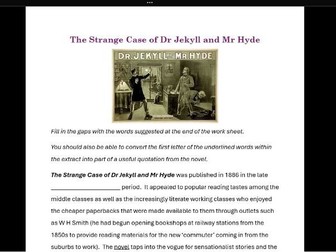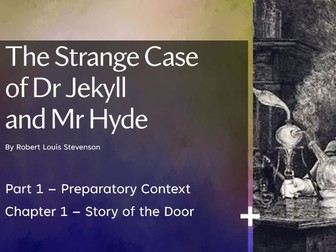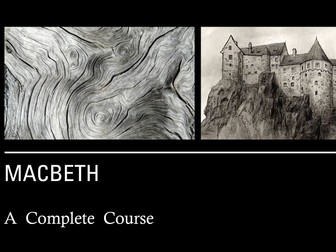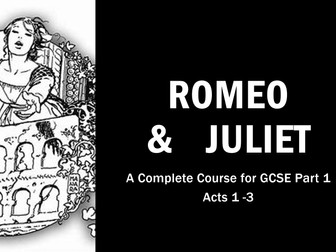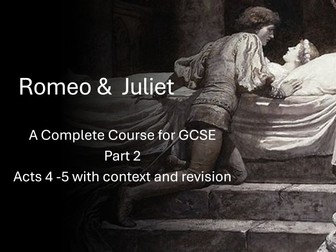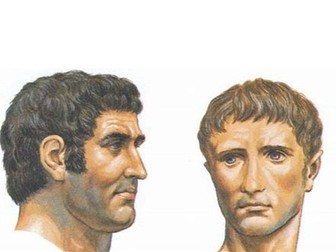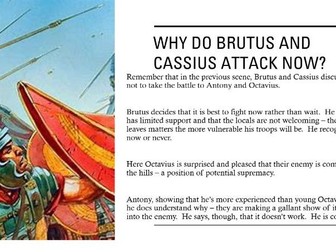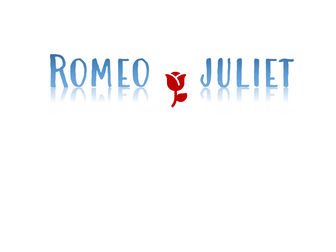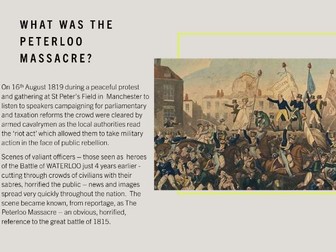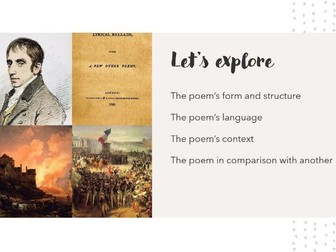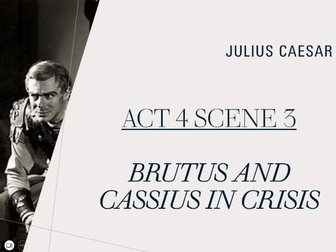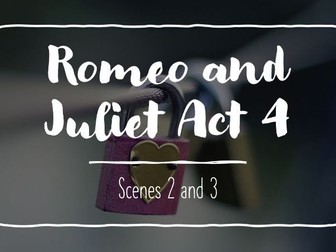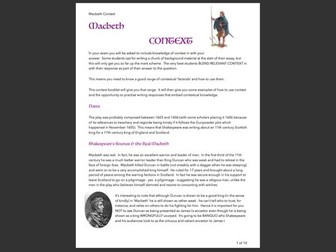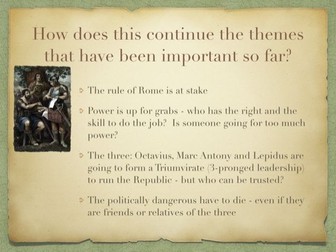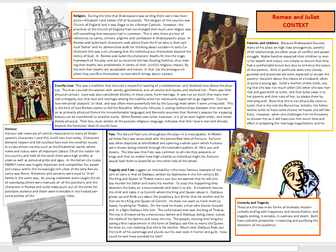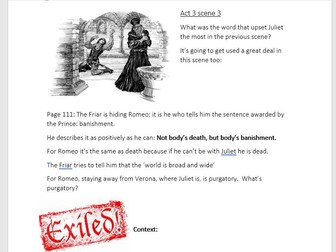Dr Jekyll and Mr Hyde 2
<p>This PowerPoint lesson guide takes the class through the second chapter of the novel with reminders about the writer’s skills, the relevant context points and connections to the previous chapter. It includes hints about how to approach an examination question and guidance about how to demonstrate both close reading and a wider knowledge of the novel.<br />
Use with the Cloze exercise to recap and consolidate learning on the first two chapters of the novel along with key quotations.</p>

